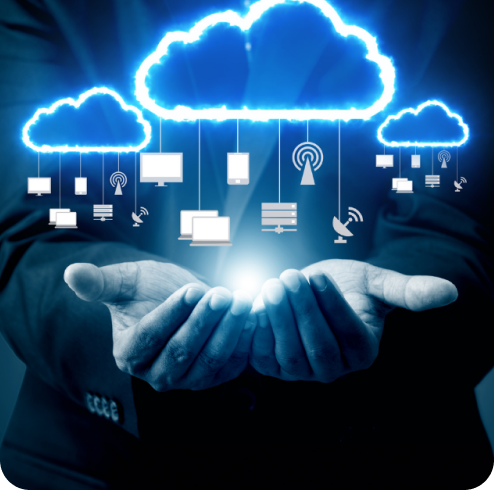Cloud Security solution providers that include CSPM, CWPP, CIEM, and Kubernetes security capabilities are plentiful in the market. Recently, we have also seen Cloud Detection and Response (CDR) vendors enter the cloud security market. These products provide visibility and help maintain the hygiene of your cloud environment.
Maintaining a hygienic cloud environment while visualizing your cloud infrastructure graphically across clouds, services, and regions is critically important. You also want the ability to quickly visualize the relationships among various cloud resources and services. But is that enough?
Can you sleep well at night with just a well-maintained hygienic cloud environment? Bad actors don't just leverage vulnerabilities and misconfigurations to find backdoors into your environments. They are also likely phishing your employees and stealing credentials. No amount of hygiene is sufficient to protect you from these bad actors.
The MGM cyber attack is a great example. Through sophisticated social engineering, attackers gained access to corporate information systems that ultimately cost MGM $100M.
Bottomline, you also need real-time behavioral and anomaly detection to discover malicious activity. Knowing an intrusion took place can provide some solace. Knowing malicious actors stole Personally Identifiable Information (PII) from a particular bucket is helpful, too. However, by then your enterprise has lost credibility with customers, potentially bringing long term negative consequences for your business.
Many products in the market today can at best tell you what happened. Then, you put process, procedure, and technology in place to prevent the same thing from happening in the future. But, again, by then it’s too late. The damage has already been done.
What you need is a protection first approach. Additionally, your threat operations tool set must include detection and response capabilities. Below, we have included two videos demonstrating how to accomplish these goals.
In this first video, we turn off the protection capability. This illustrates how a malicious actor can leverage vulnerabilities and internet exposure mis-configuration to steal critical data. They do this by creating a reverse shell, escalating privileges, moving laterally, and finally stealing the data. Finally, we show how Uptycs can detect and track each step of the intruders progress in real time from initial access to data exfiltration.
In this second video, we demonstrate how Uptycs protection kicks in to stop the intruder from gaining initial access.
With Uptycs, you have complete protection, detection, hygiene, and deep visibility into every corner of your hybrid cloud infrastructure.
Please come back soon for more informative demonstration videos like these. Uptycs can detect and protect you from threats and malware introduced to your development pipeline as well as hybrid cloud and Kubernetes production environments.







